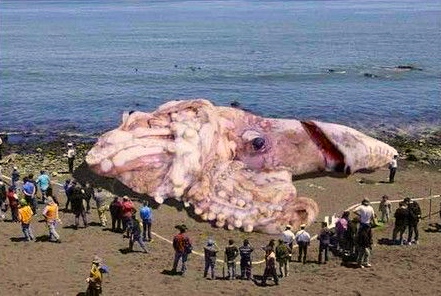“Francis broke into their circle with his plate of food. They were talking about the Tampa [a container ship which has picked up 433 refugees]. Suddenly everyone is an expert on boat people. Everyone. Pass the plate. Of course we came by boats, too. Can I have one of those toothpicks? But it was a different kind of boat. A serviette?…We shouldn’t let any more in…. Can you go get me a beer, son?” – Bob, from across the road, in 2001.
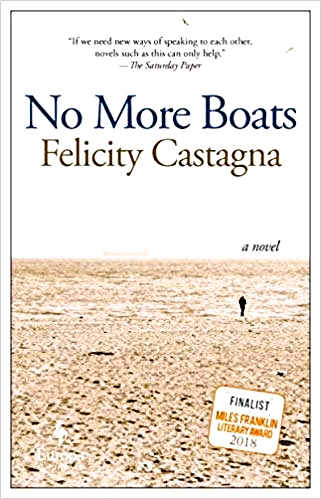 Australian author Felicity Castagna focuses here on general immigration issues facing Australia, much like immigration issues here in the US. Without taking sides, the author depicts two successive generations of the Martone family which itself came to Australia from “outside” – in their case, from Calabria in the toe of Italy. In the Preface, the author sets the time in 1967, and the Australian Prime Minister has recently disappeared while swimming. No trace of him has ever been found, the author implying later that the many rescued refugees on the Tampa in 2001 would have met that same fate if they had not been rescued from their sinking ship. In this somewhat awkward introduction to the novel, Antonio Martone, a recent immigrant, is further described as standing in his new home in 1967, outside of Sydney, thinking about how his future has materialized. Looking from 1967 into Antonio’s future in 2001, the author then informs the reader, that Antonio “is not yet the Antonio Martone who becomes so famous for a brief moment in [future] history when his own existential crisis coincides with that of a nation that can not decide whether to admit a Norwegian container ship named the MV Tampa and its cargo of four hundred thirty-three refugees who had escaped a sinking ship.”
Australian author Felicity Castagna focuses here on general immigration issues facing Australia, much like immigration issues here in the US. Without taking sides, the author depicts two successive generations of the Martone family which itself came to Australia from “outside” – in their case, from Calabria in the toe of Italy. In the Preface, the author sets the time in 1967, and the Australian Prime Minister has recently disappeared while swimming. No trace of him has ever been found, the author implying later that the many rescued refugees on the Tampa in 2001 would have met that same fate if they had not been rescued from their sinking ship. In this somewhat awkward introduction to the novel, Antonio Martone, a recent immigrant, is further described as standing in his new home in 1967, outside of Sydney, thinking about how his future has materialized. Looking from 1967 into Antonio’s future in 2001, the author then informs the reader, that Antonio “is not yet the Antonio Martone who becomes so famous for a brief moment in [future] history when his own existential crisis coincides with that of a nation that can not decide whether to admit a Norwegian container ship named the MV Tampa and its cargo of four hundred thirty-three refugees who had escaped a sinking ship.”
In another brief flash forward, the author also reminds the reader of the September 11, 2001, crash of two planes into the Twin Towers in New York City, a terrorist event seemingly unconnected to the immigration problem here, and tells us that Australian photos of Antonio holding a gun and staring blankly from Australian newscasts occurred between the Tampa event on August 26, 2001, and the Twin Towers event on September 11, 2001. By this time Martone is an old man, in the news for the first time. After this confusing introduction set in two time periods, the real “action,” begins in Chapter 1 on August 31, 2001, in Sydney, about a week after the Tampa crisis began. Francis, Antonio’s bricklayer son, is fending off questions from everyone about his father’s bizarre behavior at a very recent but undescribed event.
Antonio is, at this time, about sixty and unemployed, the result of a construction accident which has left him on crutches, with one leg and one arm almost useless. His close friend Nico died in the accident, an event which has dominated Antonio’s life because Nico’s death involved two immigrants who may not have done their jobs properly at the construction site. Rose, Antonio’s wife, is keeping an eye on Antonio, who seems to be losing his grip on reality. Antonio, however, has no clue that Rose is a real, thinking person with her own ideas, despite the fact that she has lived apart from him for two years. Son Francis and his pals, Jesus and Charbel, all in their early twenties, are, as usual, out on the town getting drunk, trying to escape their daily lives, which gradually unfold, and Claire, Antonio and Rose’s daughter, is working in a bookshop while pretending to be teaching. The Tampa connection is frail to non-existent, thematically, in the early parts of the novel as author Castagna establishes the identities of the key characters.
As the reader learns the background and history of all the main characters over the past thirty years, s/he sees how they have become the people they are. Most of the older generation here in 2001 are immigrants who have adapted to their new lives in Australia through hard work, while the second generation has known no other home and has grown up with much more freedom of choice. When the cultural differences between the generations are added to the usual mix of problems between parents and children, the divide between the generations becomes exceptionally large. Antonio does not understand either of his children, nor does he realize that their lives are governed by the society in which they now live, different from his own background and culture. He explains, “You grieve for your children from the moment they are born. Not so much because you have lost them but because they are always changing and you can’t get back all those different versions of what they once were.” In addition, his old friends, are still working, while he can no longer work, and he does not see them very often. He feel alone, rejected.

Protests for and against the admission of the 433 Tampa refugees into Australia occurred in many cities.
A man who obviously reacts to events emotionally, rather than one who thinks out his choices, his decision to act publicly in response to what he sees as the current immigration crisis is not surprising, nor is the reaction from his family. Rose is aware that “he was beginning to crack some time ago, but now he was splitting wide open.” He believes he has lost his two children, in addition to friend Nico, his coterie of other friends, and his wife, and he becomes obsessed with the news he sees on television about the Tampa refugees wanting to land, an eventuality with which he can no longer cope. A failed attempt to reconnect with his son adds to Antonio’s misery, just as Rose’s inability to reconnect with daughter Clare adds a sad note.

Author Felicity Castagna was a finalist for the Miles Franklin Award, Australia’s most prestigious, for NO MORE BOATS.
Those looking for a detailed story about immigration and/or the Norwegian container ship, the MV Tampa, with its four hundred thirty-three refugees will find little information about that in this novel. No More Boats focuses firmly on the views and lives of those refugees and their families already in Australia as Australia deals with the social emergency caused by this ship’s recent arrival in Australian waters. The long saga of the Tampa (see link) is so complicated and involves so many other governments and territories that it is easy to see why the author has avoided delving into it to any degree, while the references to 9/11 and the Twin Towers disaster feel gratuitous. The novel has much to recommend it, in terms of its sensitivity to successive generations of immigrants and the changes which make their lives so different from the lives of their parents. The characterizations feel real and honest. If the thematic emphasis, time line, and publicity had focused more on the idea of change within the immigrant community as they consider the issues of the Tampa refugees, omitting references to the 9/11 horrors, the novel would have felt more coherent, thematically.
PHOTOS. The MV Tampa, a container ship, rescued 433 refugees from their sinking ship. Photo by Remi Jouan. https://commons.wikimedia.org/
The refugees on the Tampa spent most of their time sitting on the deck of the container ship, awaiting admission to a new country. https://newsroom.unsw.edu.au/
Nissen huts provided housing for the first generation of Australian refugees, like Antonio, in the 1960s. http://www.abc.net.au/
Antonio gets caught up in the emotionalism of the controversy surrounding the possible admission of the 433 refugees on the Tampa. https://www.greenleft.org.au/
Author Felicity Castagna was a finalist for the Miles Franklin Award, Australia’s most prestigious, for No More Boats. http://bellingenwritersfestival.com.au/


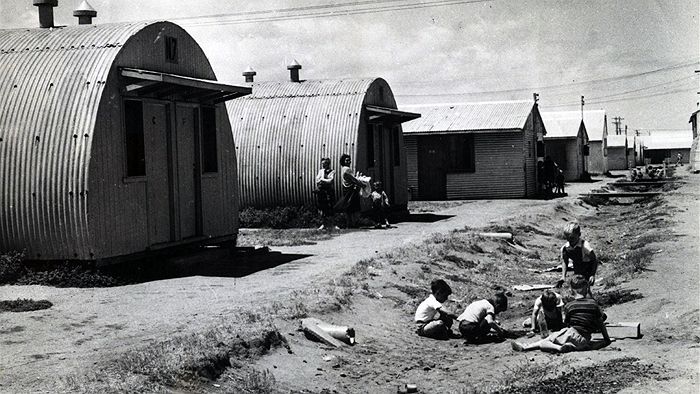
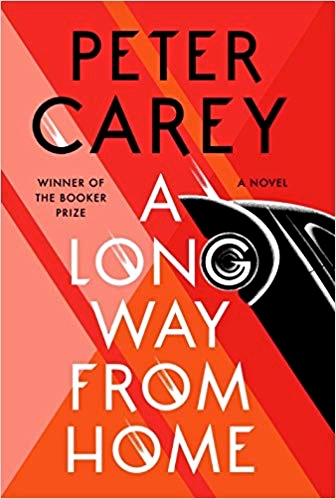 As soon as I saw the announcement that Australian author Peter Carey had published a new novel, his fourteenth in thirty-six years, I knew I would read it, just as I have read and enjoyed six other Carey novels. I have just finished reading it, and I did, eventually, enjoy and even admire much of it, but I read the first twenty-five pages three times before I was able to get a sense of who the initial speakers are, how they are connected, what the setting is, and where this book will be going. Even now I see the plot as consisting of several loosely connected parts, instead of reflecting several different aspects of the same themes and a strong sense of direction and interconnection. When I finally read some of the professional reviews today, I saw a similar dichotomy among professional reviewers. Alex Preston in the Guardian, states that this is Carey’s “best novel in years, maybe decades.” Ron Charles in the Washington Post, however, refers to the “more than a hundred pages of fairly aimless preparations” and suggests that while some “prescient readers” might pick up hints of the drama to come, that others “will probably jump out of this slow-moving plot before it reaches the main event.” He especially regrets this because “Carey eventually arrives at a profound and poignant story.”
As soon as I saw the announcement that Australian author Peter Carey had published a new novel, his fourteenth in thirty-six years, I knew I would read it, just as I have read and enjoyed six other Carey novels. I have just finished reading it, and I did, eventually, enjoy and even admire much of it, but I read the first twenty-five pages three times before I was able to get a sense of who the initial speakers are, how they are connected, what the setting is, and where this book will be going. Even now I see the plot as consisting of several loosely connected parts, instead of reflecting several different aspects of the same themes and a strong sense of direction and interconnection. When I finally read some of the professional reviews today, I saw a similar dichotomy among professional reviewers. Alex Preston in the Guardian, states that this is Carey’s “best novel in years, maybe decades.” Ron Charles in the Washington Post, however, refers to the “more than a hundred pages of fairly aimless preparations” and suggests that while some “prescient readers” might pick up hints of the drama to come, that others “will probably jump out of this slow-moving plot before it reaches the main event.” He especially regrets this because “Carey eventually arrives at a profound and poignant story.”
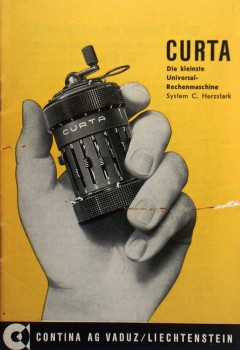



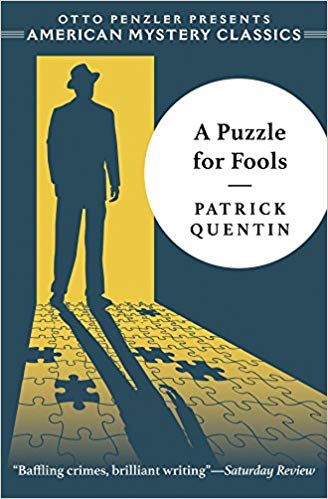 Written in 1936 and out of print for thirty years, A Puzzle for Fools has now been resurrected as part of Otto Penzler’s American Mystery Classics series – and what a classic it is!
Written in 1936 and out of print for thirty years, A Puzzle for Fools has now been resurrected as part of Otto Penzler’s American Mystery Classics series – and what a classic it is!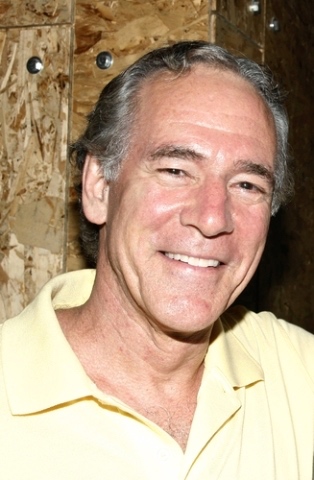


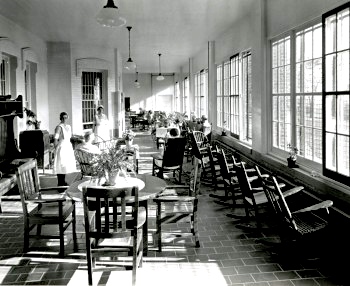
 In this quotation from the ending of Unquiet, author Linn Ullmann summarizes her feelings about her father, Ingmar Bergman, and her complicated relationship with him.
In this quotation from the ending of Unquiet, author Linn Ullmann summarizes her feelings about her father, Ingmar Bergman, and her complicated relationship with him.
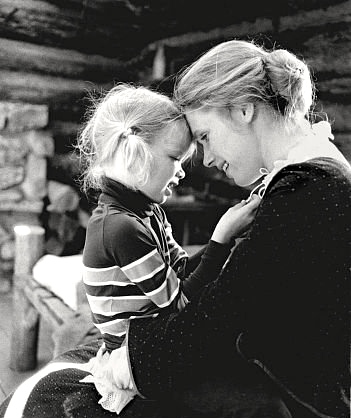



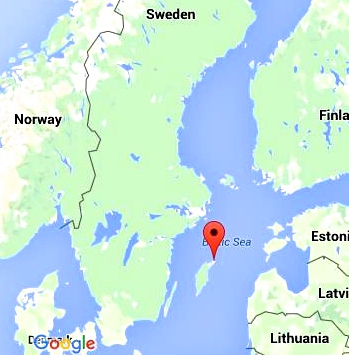
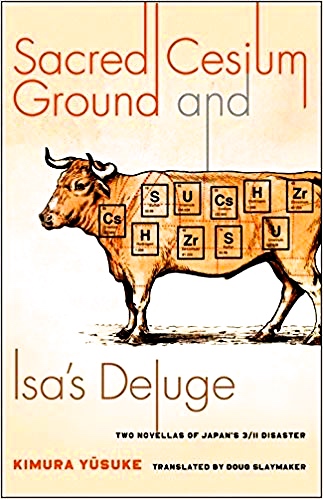 On March 11, 2011, the most powerful earthquake in Japanese history, registering 9.0 on the Richter scale, hit northeast Japan, killing sixteen thousand people and creating massive devastation. The powerful tsunami that resulted from this earthquake obliterated towns along the coast, and was so powerful it would go on to affect even the coasts of North and South America. Most terrifying, the rush of sea water had the immediate effect of creating meltdowns at all three reactors at the Fukushima Daiichi Nuclear Power Plant, which then released horrific amounts of radioactivity into the atmosphere and precipitated the evacuation of over three hundred thousand people. With a succession of disasters like these – a powerful earthquake, a tsunami, and a nuclear disaster – and all the cleanup and social management involving the population of the area, life in the Fukushima area was frantic – people displaced, many deaths, families torn apart, livelihoods gone, and the earth itself contaminated. In the eight years since then, life has been in “emergency mode,” with so much of immediate importance being faced every day by the people of the area that few former residents, service organizations, or concerned citizens have been able to go there, stand back, and see the results of this emergency in any kind of universal perspective.
On March 11, 2011, the most powerful earthquake in Japanese history, registering 9.0 on the Richter scale, hit northeast Japan, killing sixteen thousand people and creating massive devastation. The powerful tsunami that resulted from this earthquake obliterated towns along the coast, and was so powerful it would go on to affect even the coasts of North and South America. Most terrifying, the rush of sea water had the immediate effect of creating meltdowns at all three reactors at the Fukushima Daiichi Nuclear Power Plant, which then released horrific amounts of radioactivity into the atmosphere and precipitated the evacuation of over three hundred thousand people. With a succession of disasters like these – a powerful earthquake, a tsunami, and a nuclear disaster – and all the cleanup and social management involving the population of the area, life in the Fukushima area was frantic – people displaced, many deaths, families torn apart, livelihoods gone, and the earth itself contaminated. In the eight years since then, life has been in “emergency mode,” with so much of immediate importance being faced every day by the people of the area that few former residents, service organizations, or concerned citizens have been able to go there, stand back, and see the results of this emergency in any kind of universal perspective.

